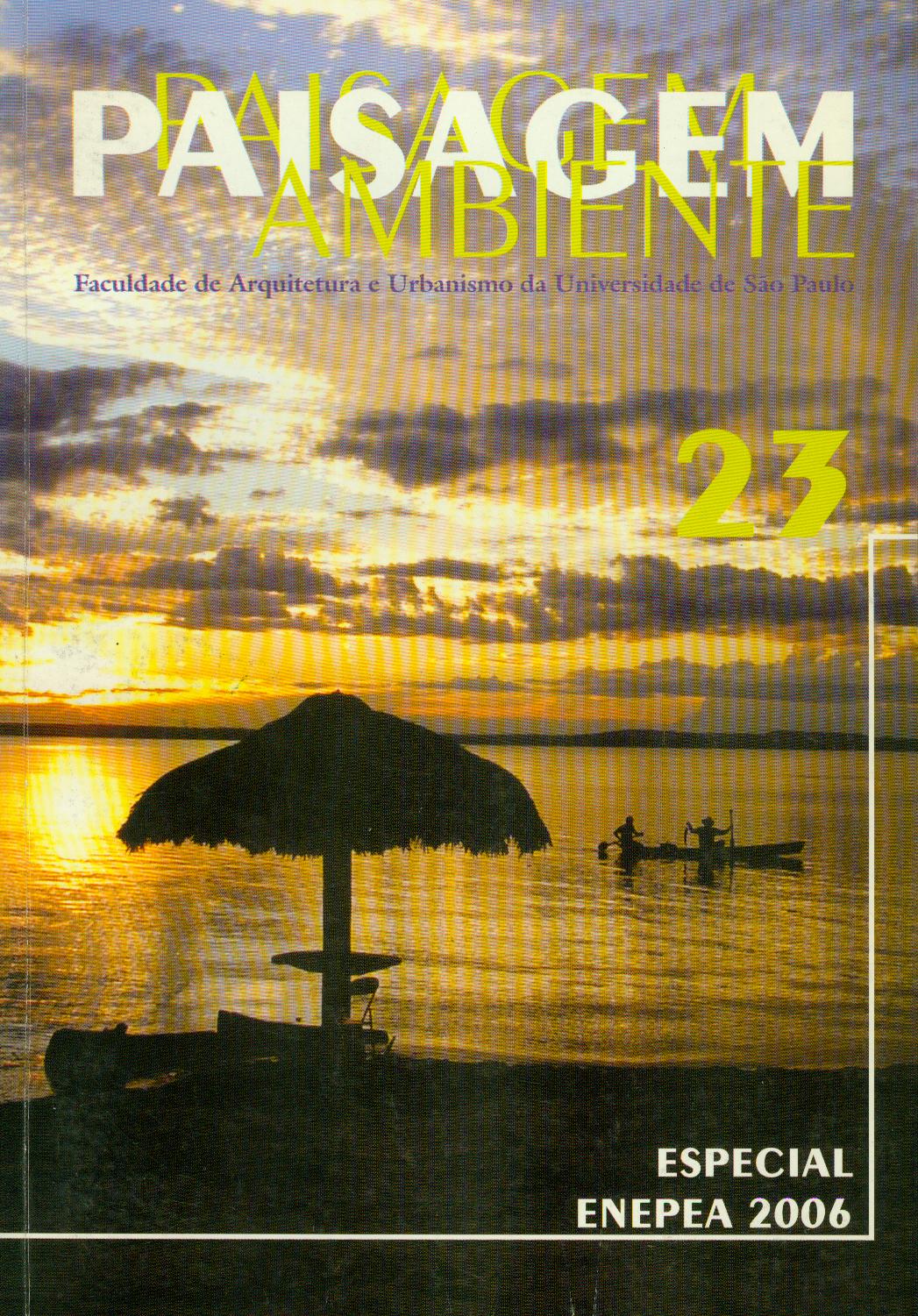Landscapes of the river Capibaribe in the 19th century and their representations
DOI:
https://doi.org/10.11606/issn.2359-5361.v0i23p253-263Keywords:
Cultural landscape. Meanings. RepresentationAbstract
This paper focuses on the formation of landscapes of the river Capibaribe during the 19th century based on the representations made of them by travelers in their accounts. This period was marked by great transformations in the landscapes of Recife and of the river Capibaribe, which will be discussed here together, since this river contributed so much to the construction and structuring of this city. The inter-relationship of city and river does not only come about because they form a single geographical unit but because they are linked by other factors, namely historical, economic and social. The transformations brought about by the action of man throughout this historical period, in a process of social construction, resulted in landscapes full of meanings. It is through
the representations depicted in the iconography and accounts of travelers, that cultural products are formed, and that evidence will be found of how these landscapes were formed and what meanings they had for those who built, experienced and made use of them in this period.
Downloads
Downloads
Published
Issue
Section
License

A revista Paisagem e Ambiente: ensaios tem licença Creative Commons
Creative Commons - Atribuição-NãoComercial-CompartilhaIgual 4.0 Internacional
DIADORIM - Diretório de Políticas Editoriais
O detentor dos direitos autorais é o autor do artigo. A revista exige apenas o ineditismo na publicação do artigo. O autor tem do direito de divulgar seu artigo conforme sua conveniência.


